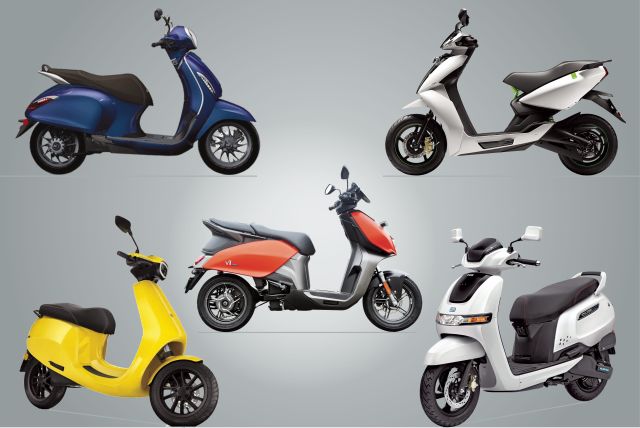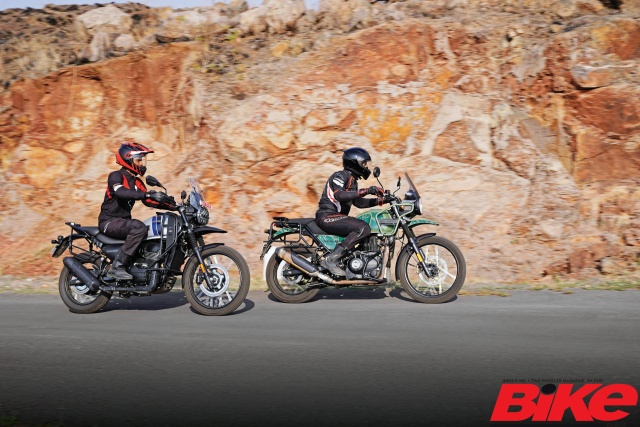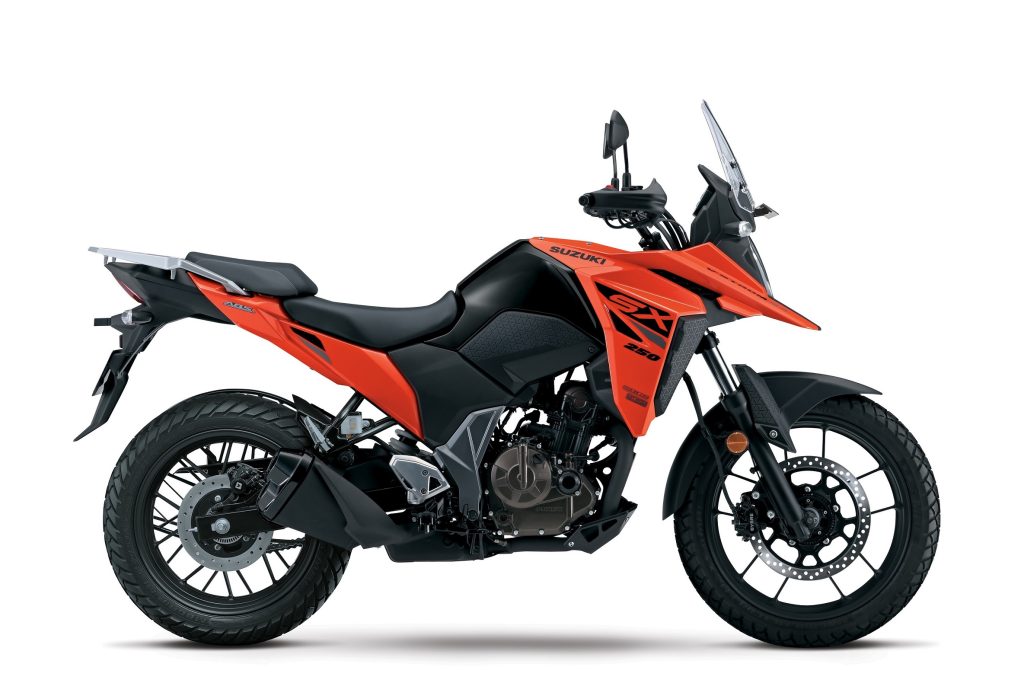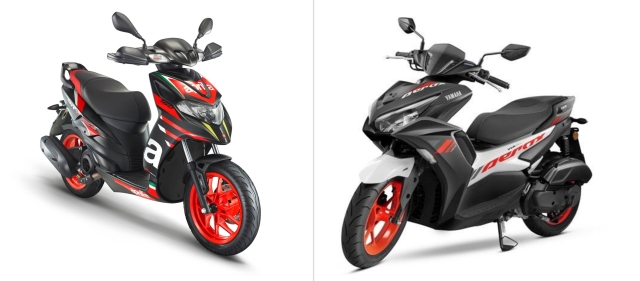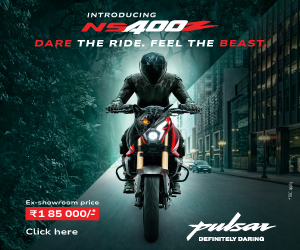Today, electric scooters are a hot topic due to their many advantages. Since petrol has surpassed Rs 100/litre in India, fuel savings have gained maximum priority for commuters. Additionally, electric scooters have no tail-pipe emissions, which helps to preserve the environment. Tax subsidies from the government and other perks for businesses that participate in this environmental project also attract many people. Although the initial outlay is quite hefty, it promises to pay off in the long run. Have a look at the thorough specifications comparison of the top five electric scooters in India in 2023.
